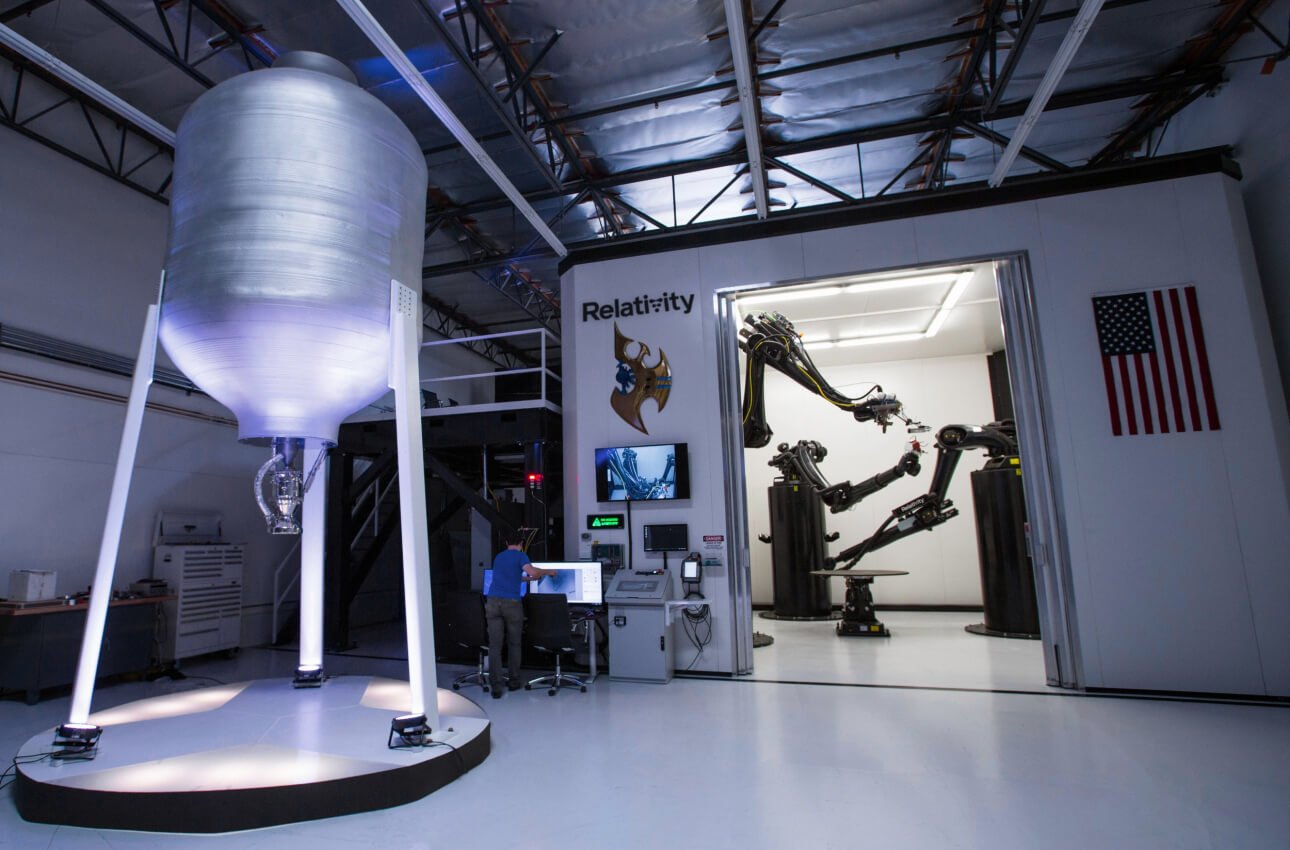
Startup Relativity Space began to print boosters. Now experts managed to create an almost monolithic structure with a minimum of individual parts, most of which are embedded in the solid body of the rocket. Tim Ellis, head of Space Relativity, explained that their missiles have good aerodynamic properties and look very futuristic, since the details form calculates software specifically created for the printing of missiles.
Now the company is developing its own engine Aeon 1 that can run on liquid oxygen and methane, producing about seven tons of thrust. The first engine test has ended on a NASA test site located in Mississippi.
The result should be a two-stage booster Terran 1, which will be equipped with nine engines, Aeon 1. Such a missile can withdraw into a low orbit and a half tons of payload, this means that it can be used to run entire groups of small satellites. Terran 1 — a small rocket, but its capabilities will significantly exceed microrocket designed for 50-200 pounds of cargo, while reducing the cost of production with 3D printing rocket launches will cost quite inexpensive, and their creation will leave much less time than the competition.
The first rocket launch scheduled for 2021. The subsequent development of earth orbit is not limited to — Space Relativity’s going to ever print a rocket and send it to Mars. The ambitious plans of the management is not accidental, because in the startup team includes former employees of SpaceX and Blue Origin, previously participated in the development of space rockets and other spacecraft.
Relativity Space: our rocket is the largest item, printed on a 3D printer
Vyacheslav Larionov